Early in the 2010 fighting season the vital Torkham – Jalalabad road corridor was suddenly beset with frequent rioting that closed it for days at a time. The Provincial government blamed insurgent attacks for the instability which seemed dubious as insurgent attacks don’t generate large scale rioting. JSOC night raids could cause a few days of agitated rock throwing but there had been none reported astride Route 1 between Jalalabad and Torkham. There was enough confusion about what was happening on the ground that one of our guests at the Taj thought we should go explore the situation. She convinced my Afghan buddy JD and I to escort her down Route 1 to the village of Amanullah Khan to witness a peace shura between the Provincial government and the rioting villagers.
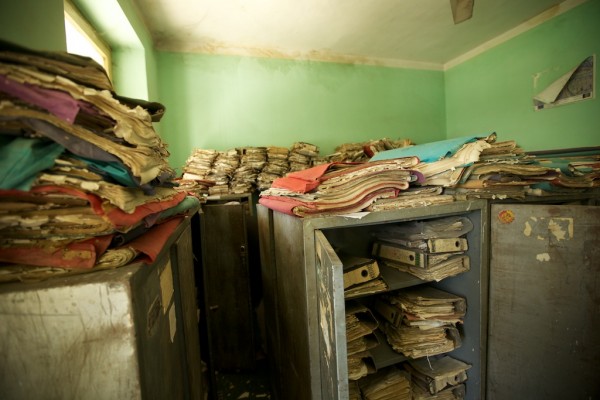
The road between the Torkham border and Jalalabad is flat farmland dotted with a series of villages and towns. Attacks along that road were rare and confined to random IED strikes targeting ISAF vehicles around Jalalabad. Insurgent operations were not possible without the tacit support of local civic leaders and those living along Route 1 were interested in commerce. The only useful service the Taliban provided back then was fair and impartial land deed adjudication. That was shrewd on their part because land was always the source of friction between the people and provincial authorities.
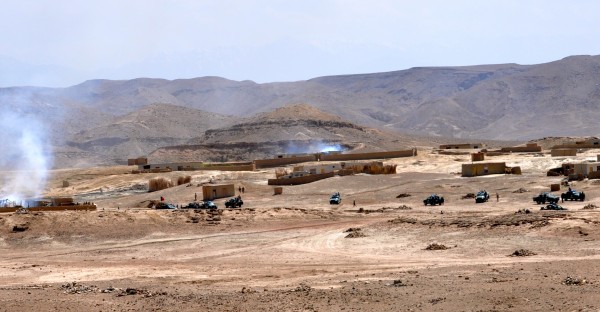
The riots along Route 1 erupted after Gul Agha Sherzai, the Nangarhar Provincial Governor, dispatched a construction company to build a village to be named in his honor astride route 1 in Rodat district. The Governor liked to build things named in his honor and had a special “reconstruction tax” levied at the Torkham border to fund those projects. Before the governor could start building his village he had to eject the current residents who he claimed were squatting on government land. The rioting froze hundreds of trucks in place causing a big kink in ISAF logistics so a shura was called to settle the matter.
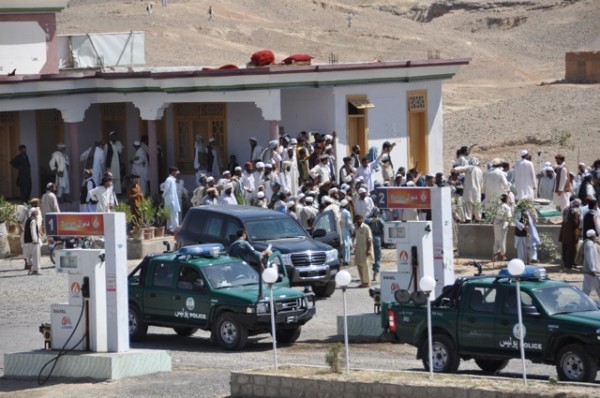
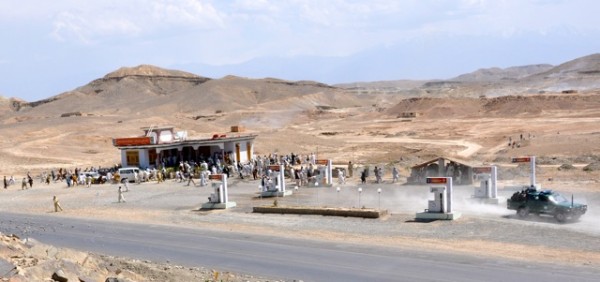
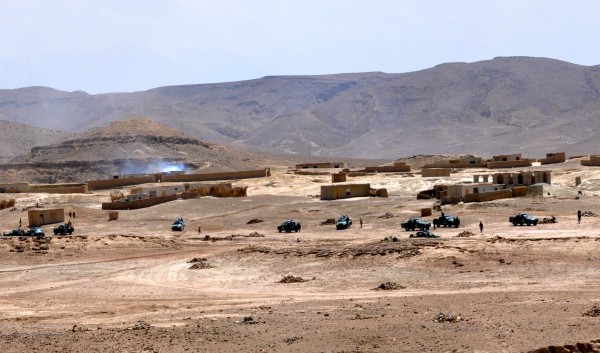
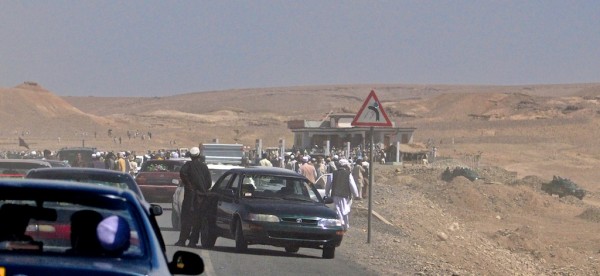
This incident was an illustration of why our efforts in Afghanistan were doomed from the start. Conventional wisdom at the time was the US State Department was actively supporting the central government, while the US military and American intelligence services were actively supporting local warlords who supplanted central government influence. President Karzai and the UN bitched about this dynamic constantly. But it was President Karzai who put warlords like Sherzai in positions of influence. In Sherzai’s case he was given the lucrative province of Nangarhar governor specifically to remove him as a competitor to Karzai’s empire of graft and thievery in Kandahar.
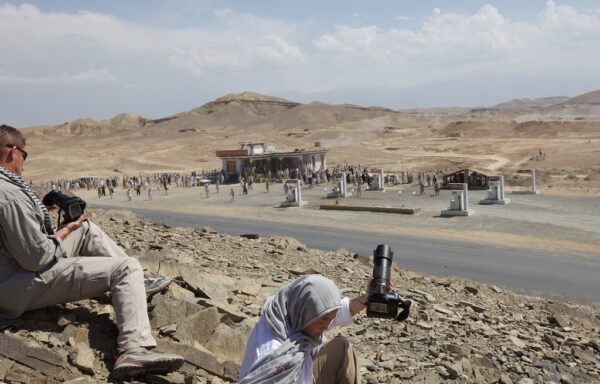
Gul Agha Sherzai was a major Kandahri warlord who was the Governor of Kandahar Province before the Taliban took over and he was the first warlord to return (with an American Army Special Forces team) to Kandahar in 2001. President Karzai gave Sherzai the governorship of Nangarhar province knowing full well he would usurp land, initiate illegal taxation, and amass a personal fortune from American reconstruction funds because that was exactly what his brother was doing in Kandahar.
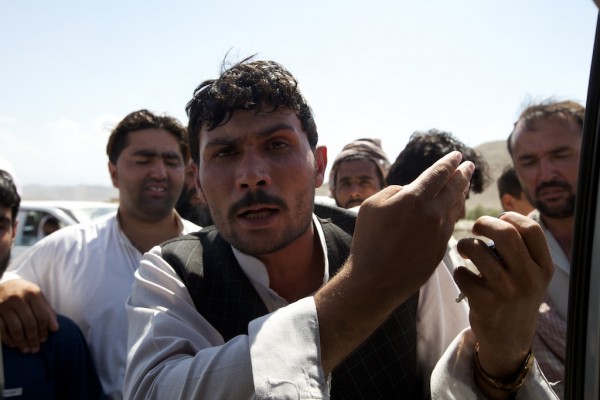
The appointment of Sherzai to governor sidelined the Arsala Family and other provincial powerbrokers but Sherzai was generous enough to ensure the old families were financially rewarded. The Arsalas had governed Nangarhar Province last two decades with Haji Qader Arsalas , in the position of governor before the Taliban regime, and his elder brother Haji Din Mohammad, appointed governor under the Karzai government, a position he held until 2004. Haji Din Mohammad is the only survivor of the once powerful clan. His younger brother Abdul Haq was killed fighting the Taliban in 2001 and his other younger brother Haji Abdul Qader was murdered in Kabul by a gunmen in 2002, while serving as a minister in the interim government.
Governor Sharzai’s attempt to expel the villagers of Amanullah Khan during the summer of 2010 failed. In 2013 he approved the sale of more than 1000 jeribs (around 500 acres) of pasture land in Rodat district long used by local Mohmand tribesmen to Logar Province ‘businessman’ Ghulam Mohammad Charkhi. That pissed the locals off but the straw that broke the camels back for Governor Sherzai were the shenanigans of the Arsalas clan.
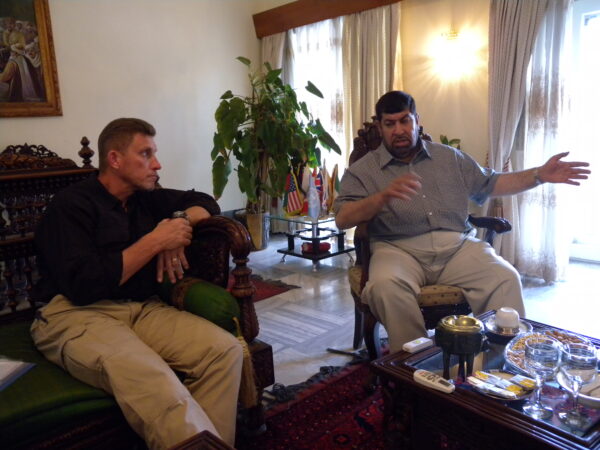
Zahir Qadeer, a Member of Parliament and the son of Haji Abdul Qader, sold hundreds of acres of government land in Sorkhrud district to various families who were enraged to find out they had been bilked into buying government land they could never develop. He told the investors they would receive land plots in a residential project he was developing near Jalalabad called Zaher Qader Township. A move that seem to make the situation worse. The ensuing 2013 riots cut every route into Jalalabad City and by October of that year Gul Agha Sherzai was forced out of office.
Now that the Taliban are back in charge Route 1 is no longer dangerous. Land grabs require money and the Tsunami of money that flooded into Afghanistan for the past 20 years has dried up. Land adjudication is done in Taliban courts according to Sharia law, a harsh code that tolerates zero arguments once a decision has been made. The people may not be happy under the Taliban but at least their main highways are safe, something we could never accomplished in a thousand years.


